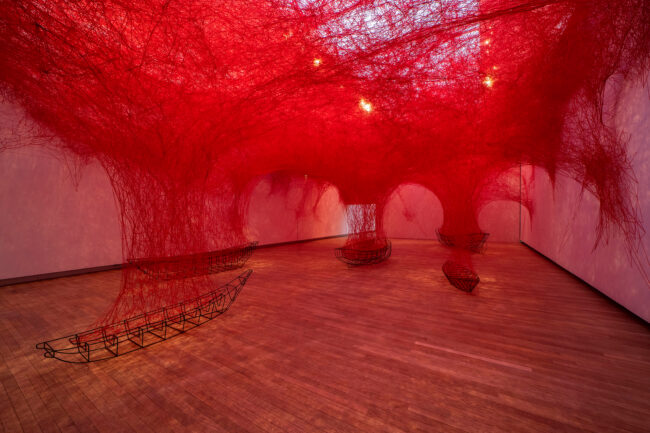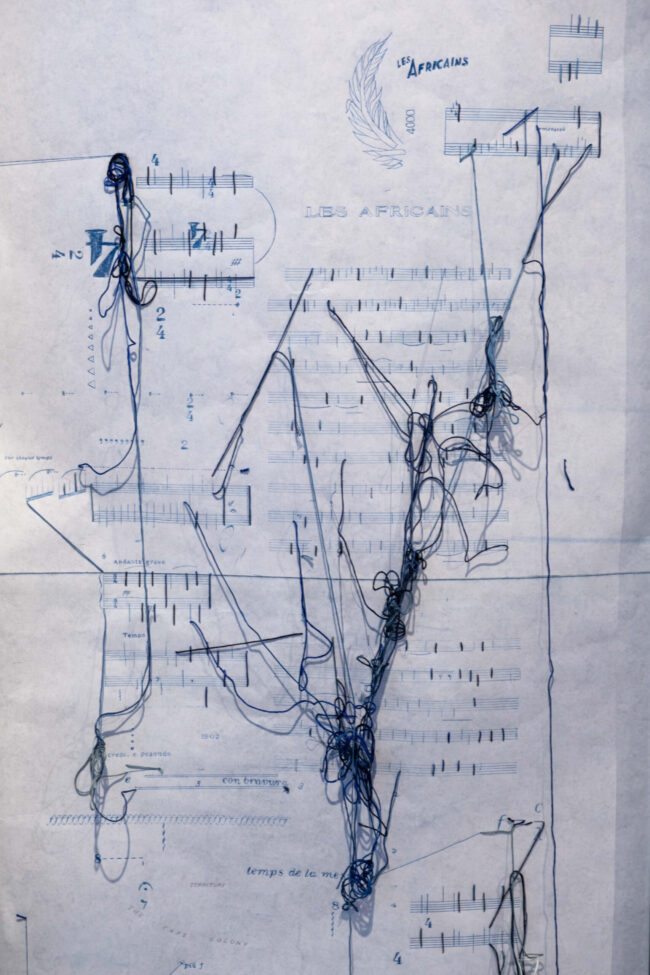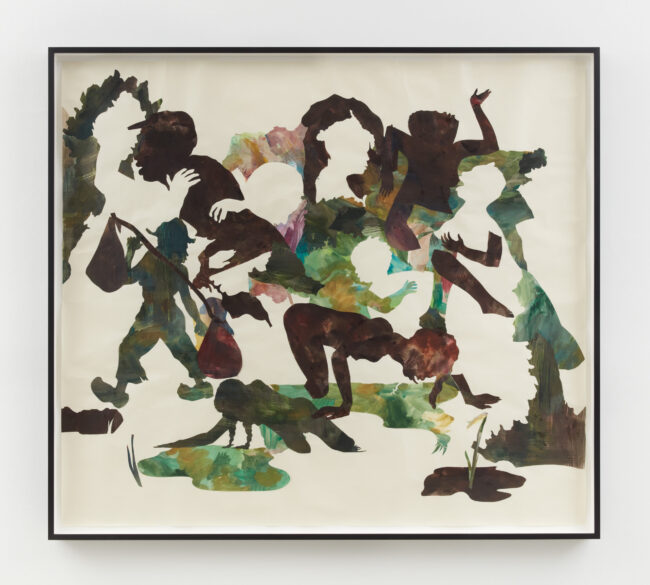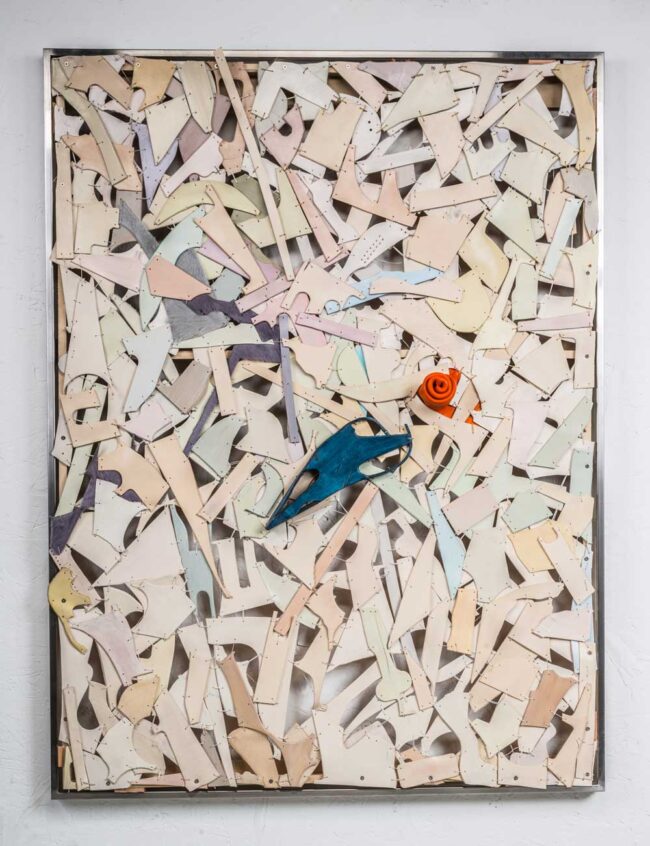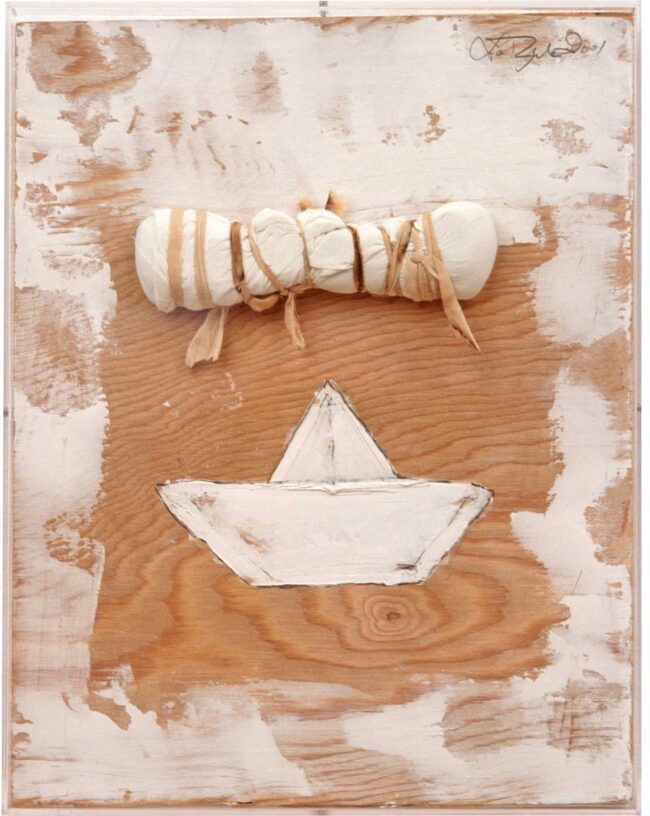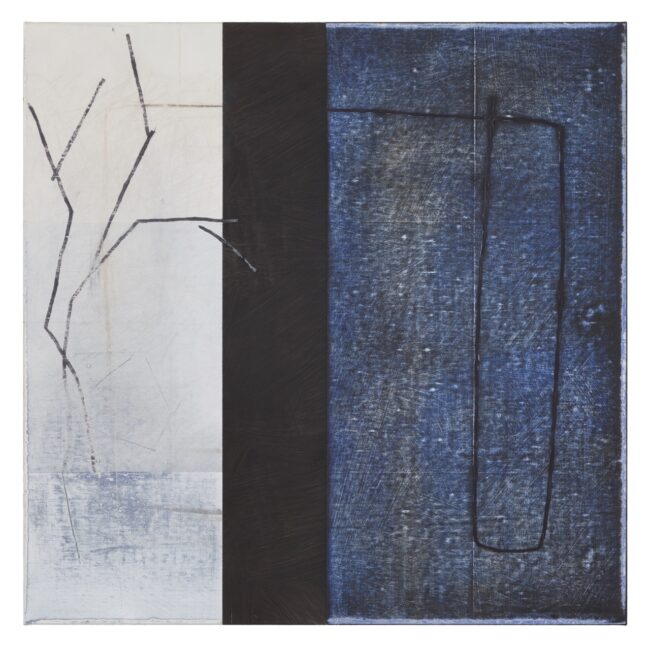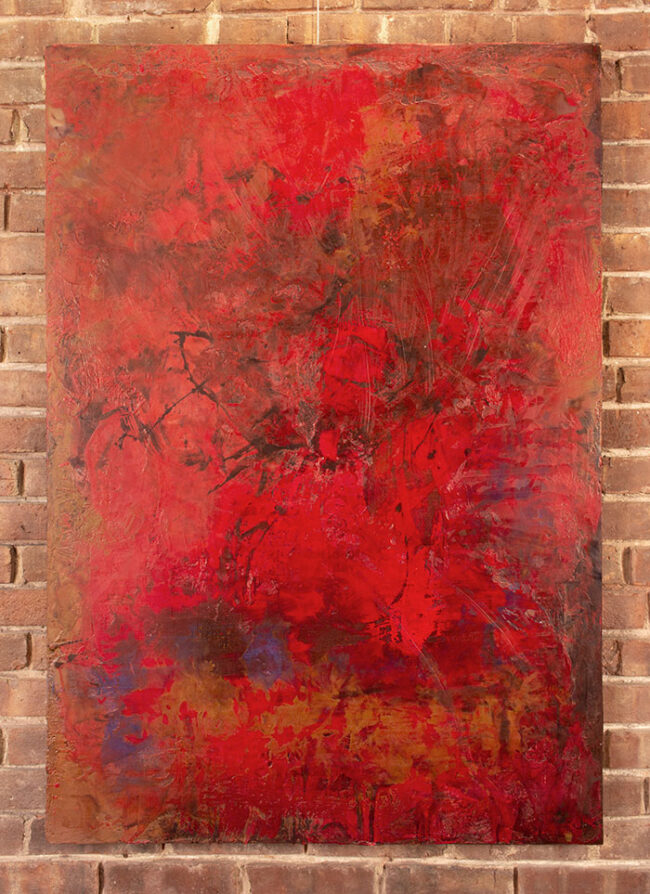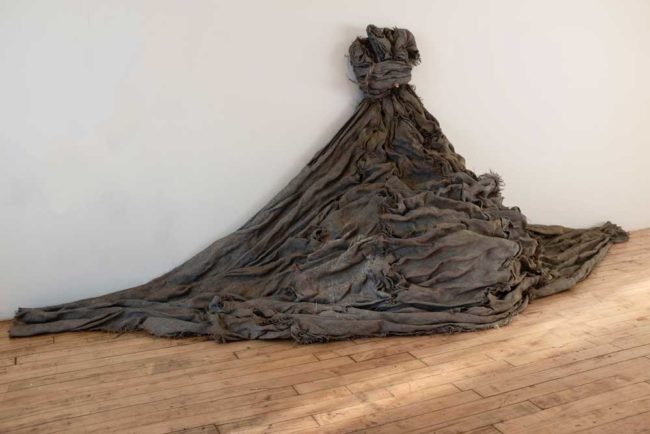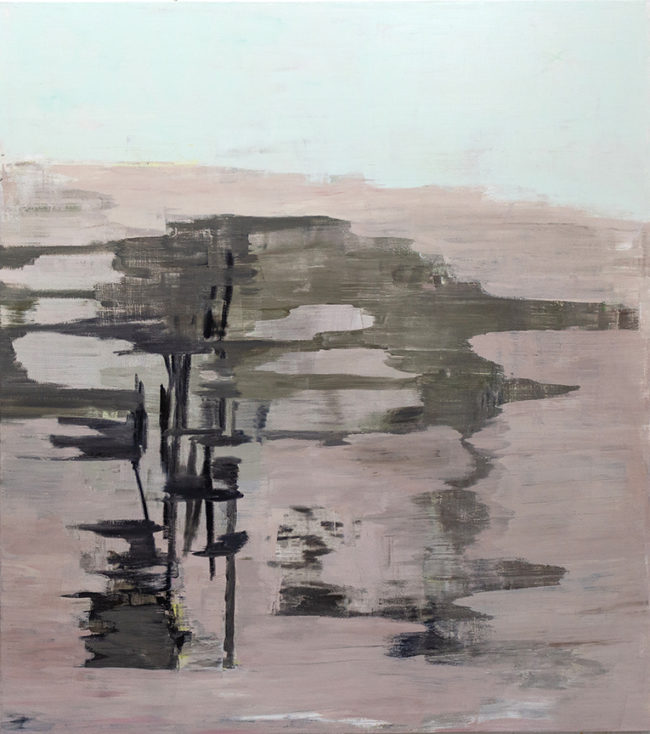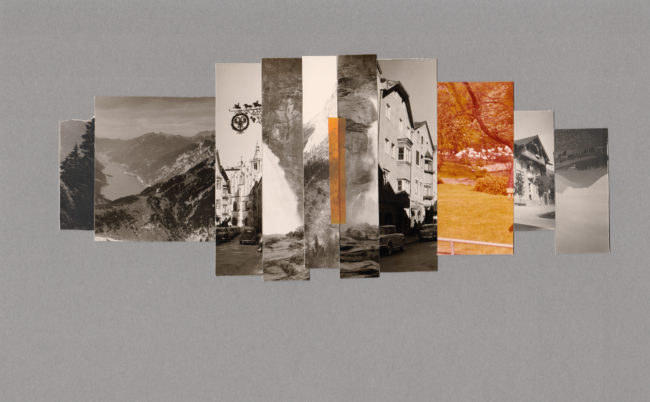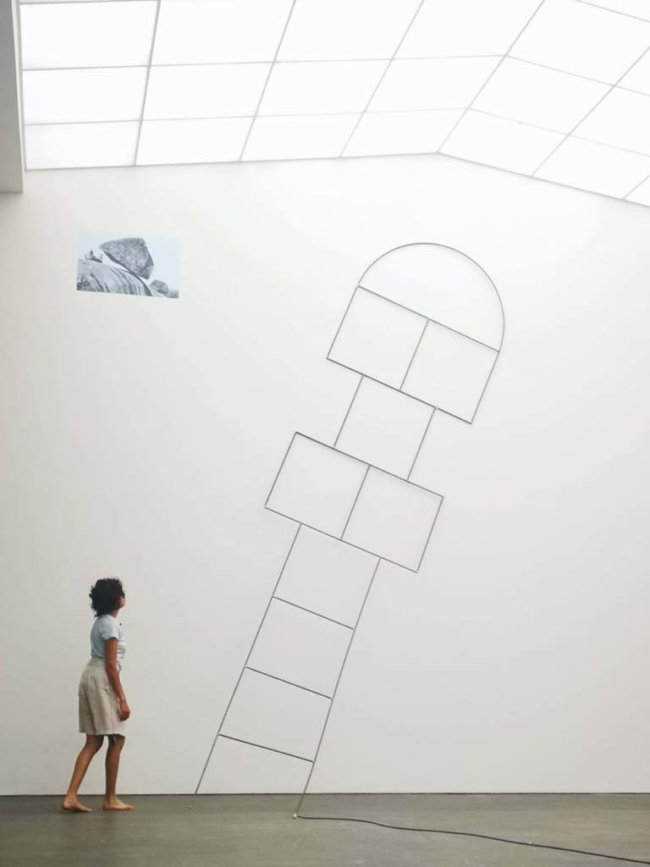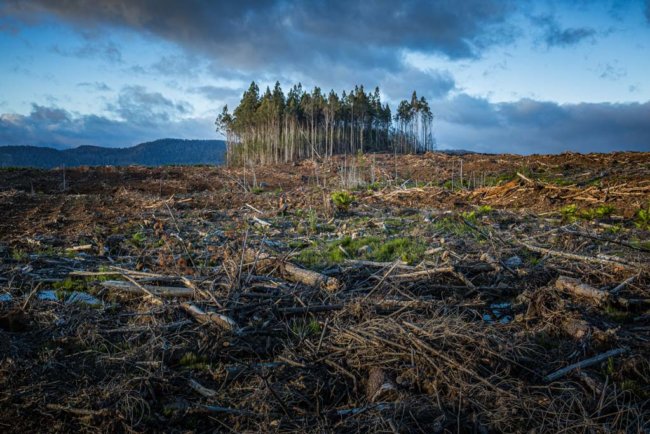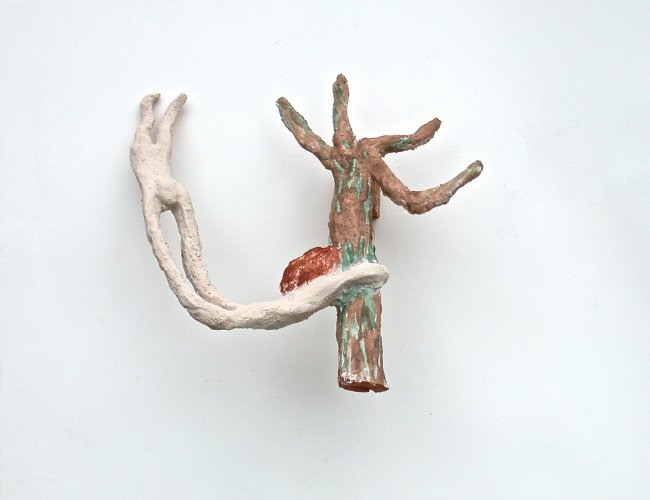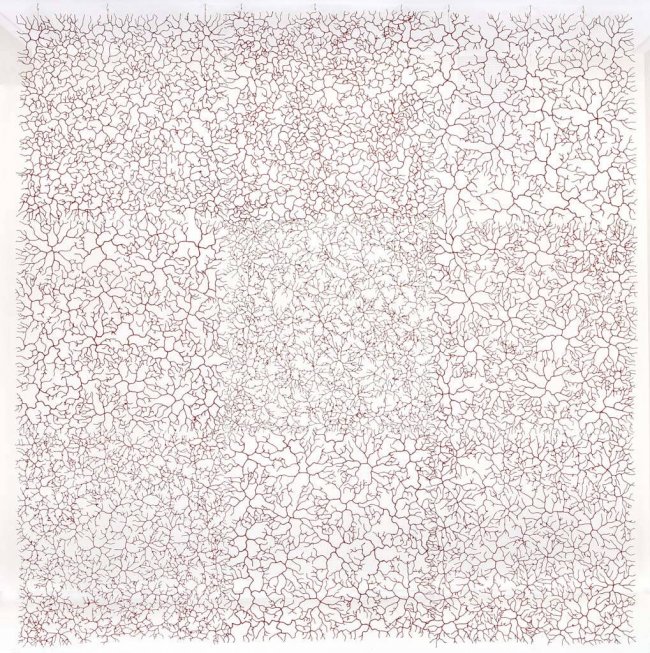Joyce Pommer
Joyce Pommer was born in Quincy, MA, and studied at the Academy of Art College in San Francisco and the Art Institute of Boston. She has exhibited widely in solo and group shows, as well as at art fairs in New York and across the country. Her work is included in numerous private collections and was purchased by the Southwest Minnesota State University Art Museum in Marshall, MN. Her work was also included in The Language of Making: Textile Study Group of New York, Art Folio 2020 book, and Blink ADC Fine Art 2020 and 2022 catalogs. Cover art and a feature article, “Piecing the Fabrics of Art,” were published by Art Herald magazine in 2022. The AATONAU blog featured her mixed-media works in 2023. She has exhibited with Lichtundfire Gallery, NYC, and in FOCUS Art Fair NY 2025. Joyce maintains a studio in Long Island City, NY.



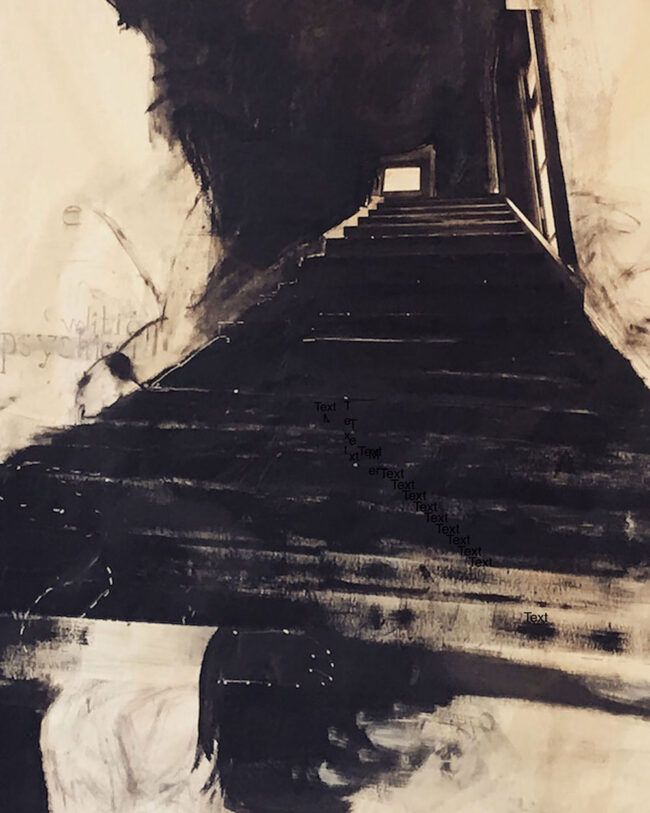

![Genesis, 2024 [Detail] Genesis, 2024 [Detail]](https://analytic-room.com/wp-content/uploads/2025/07/HQ27-TL20896S_Tau_Lewis__title_TBC__small_figure___2024_6_high_quality-650x813.jpg)
